|
Last weekend, I visited the mausoleums of the seven patron saints (sab'at ul-rijal) of Marrakesh in the traditionally prescribed order. Here are some pictures as well as a basic bio for each saint quoted from the Made in Marrakech website. The poor quality of English seems to indicate that the author must be more comfortable in French. However, these bios should do the job for now since they provide the basic information concerning each saint. 2. The next five mausoleums are within the city walls. Next stop: Al-Qadi 'Ayyad. Basic bio: Also known as: Abou Al Fadl Ayyad ben Amer Ben Moussa Ben Ayyad Ben Mohamed Ben Abdellah Ben Moussa Ben Ayyad Al Yahsob or “Cadi de Grenade”.Origins: Yéménite, originally from Sebta. Education: Student of Abou Abdellah ben Issa, from Imam Abou Abdellah ben Hamdine, Abou Al Hassan ben Siradj and Imam Abou Al walid Ibn Rochd. Distinguishing features: He’s best known for learning Maleksime in the Muslim West. His love for the Prophet is evident in his work Al-Chifaa and his orthodox rigor earned him his saint title. Death: 1149 (544 in Hegira ) Buried: Near Bab Aïlen. 3. We now move on to Sayyidi Abu al-'Abbas al-Sabti. Basic bio: Also known as: Abou el Abbas Ahmed ben Jaafar el Khazraji.Origins: Originally from Sebta. Education: Disciple of Cadi Ayyad, Sidi Bel Abbas also struck up a close friendship with Averroes, with whom he shared his ideas. Distinguishing features: He lived for 40 years in a grotta under a hill in Gueliz, without ever entering the city. He spent his life caring for and protecting the weak and the blind. His Zaouïa is part of the Regraga pilgrammage. Died: 1205 (601 in Hegira) Buried: Buried at Sidi Marouk cemetary, near Bab Taghzout. 4. Sayyidi Ibn Sulayman al-Jazuli is the fourth stop. Basic bio: Also known as: Sidi Mohammed ben Slimane ben Said al Jazouli. Origins: Originally from Souss. Education : Il fut inscrit à la Médersa Essaffarine de Fès où il excellait dans les hadiths. <left in French on the website I am quoting. Translates as ''He went to the Essafarine Madrassa in Fes, where he excellend in hadiths.''> Distinguishing features: He’s the founder of Moroccan Sufism and moved againsts an Iberian invasion. He’s the author of the famous collection of prayers Dala’il al-Khayrat . He died while praying. Death: 1465 (870 in Hegira ) Buried: At the zaouïa Jazoulia in the north end of the medina, near Dar-el-Glaoui. 5. Sayyidi 'Abd al-'Aziz al-Tabba'. Basic Bio: Also known as: Abou Fares Abdelaziz. Origins: Silk merchant originally from Fes. Education: Key disciple of Sidi Ben Slimane. Distinguishing features: He spread spread Sufi morals through the artisan guilds. Death: 1508 (914 in Hegira) Buried: Buried near Ben Youssef Mosque. 6. Now, deep within the old city, close to the busy souks and the famous Jama' al-Fanaa Square (Jemaa El-Fna) , we discover the mausoleum of Sayyidi 'Abd Allah al-Ghazwani. Basic Bio: Also known as: Moul El Ksour Origins: Originally from the Gazoune tribe. Education: After having completed his studies in Fes, he went on to study in Grenada, before relocating to Marrakech to complete his training under Sidi Abdelaziz Tabaa. Distinguishing features: Sultan Sidi Mohamed Cheikh, incarcinated him in Marrakech, jealous of his positive reputation with the people. He was freed several years later. <I am quite sure the author meant 'incarcerated' here.> Death: 1528 (934 in Hegira ) Buried: He’s buried near Mouassine Mosque. 7. Back outside the city walls, in a cemetery near the royal palace is our last stop in the tour of the seven saints, the mausoleum of Al-Imam al-Suhayli. Basic bio: Also known as: Abou el kassim, Abou zaid Abderrahmane ibn al Khatib AbouAmer ben Abi al Hassan Asbagh ben Houssine ben Saadoun ben Redouane ben Fattouh Souhaili. Origins: Originally from Souhail, near Malaga. Education: Yacoub El Mansour brought him from Spain. Distinguishing features: He’s known for his Sufi poetry and his openness during a time of strong religious censureship. Students often gather around his grave. He’s written two masterpieces: one about the names of the Prophets cited in the Koran and the other a biography of Sidna Mohammed. Died: 1186 (582 de l’Hégire) Buried: He’s buried near Bab Robb. By the way, when I put more photos for certain saints, it in no way indicates any sort of preference. Sometimes, fewer photos turned out well. Now, while we are at it, here is a shot of the famous Koutoubia (Kutubia) mosque in Marrakesh: And here is a gallery with a few more random pics from this beautiful city:
0 Comments
I spent the evening in Marrakesh at a spiritual gathering with a group of disciples from the Habibiyya Sufi order. It was wonderful: a bit of qur'an recitation; some litanies and supplications; dhikr (invocation) of Allah and blessings on his final prophet, his family and companions; chanting; a short lesson; brownies, lemon pie and sweet mint tea... just wonderful! There were quite a few North American Muslims present, which gave the evening a nice cosmopolitan atmosphere as well. You know, this is my fourth time in Marrakesh and, every time I visit, I marvel at what a great little town it is. Especially at this time of year when it isn't too hot yet, it's just got so many things to like: beautiful architecture, fantastic landscapes, great weather, rich history, intense spirituality, excellent restaurants, exciting souks, haute couture, traditional crafts, street arts, and a whole range of activities for tourists, be they Muslim or not. OK, it's a bit commercial and decadent here and there, but in the end you get what you come looking for. Click here for an interesting article on Spanish Sufis. However, I would say there are many more Sufis than the 1,200 mentioned in the article, including many who are not Naqshabandis. For instance, all the Moroccans and Senegalese immigrants must include a number of Shadhulis, Qadiris, Tijanis and others.
Also, check out the related photo gallery. I said, "For breakfast tomorrow, let's have eggs, slices of chicken, toast, oranges, milky coffee..." Sighing softly in the far corner of the room, she whispered, "If we are still alive in the morning." She has never been to school and can't read or write, but she is the scholar and I the careless novice. After all, I could very well be eating dirt and worms for breakfast. Praise be to Allah that there are still people like her around in this age of materialism and desires. Beautiful documentary on a tradition of spiritual music from the Algerian Sahara.
I just didn’t fully appreciate the value of water back in Canada From dust and crust How can I – a university-educated Westerner – not believe in such modern ideas as the evolution of species, historical progress and modern enlightenment? First of all, let me be clear that I do not deny all modern claims completely, nor do I care to debate most of them on their own terms. For instance, I usually accept medical prescriptions based on modern science without debate. By stating that I do not believe in modern ideas, I mean that I do not have faith in them; I do not trust that they can ultimately lead me to happiness. Instead, I believe in the teachings of Islam as transmitted by traditional orthodox authorities such as scholars and Sufi masters (1). So, how have I come to believe in teachings so radically different from those espoused by the vast majority of my modern Western peers? There are probably many factors to explain
this, including many of which I am unaware. However, I think I can identify one important reason for my coming to such unusual conclusions; my initial assumptions about life were quite different from those of my peers. Already as a teenager, I was obsessed with understanding my place in reality. My ignorance of the reasons for my existence anguished me. My awareness of this ignorance led me to make very few assumptions about what answers I might find. So, I sought the guidance of those who claimed to have answers to such questions. I read numerous philosophical and religious books and spoke to those people who claimed to have answers about why we are here. I was an avid consumer of any television program or magazine article that dealt with this subject. These various sources of information obviously did not provide a cohesive explanation for me. However, they did help me to better distinguish what I knew from what I felt and what I ignored. Metaphysical writings from the world’s major traditions were particularly helpful in helping me realize that the only thing I could really be sure of was my own existence: I am – somehow I am. I cannot be unquestionably certain that what I perceive around me is real. When I dream, I consider my environment to be real but when I awake I realize it was not. Therefore, I cannot be certain that I will not one day awaken to another reality in which my current condition will seem unreal. When I was a child, I perceived myself as very small. Although my size has changed, I am still here perceiving the world. So, although what I perceive is uncertain, my existence as a perceiver is unquestionable. My only basic assumption in understanding reality was that I most certainly am. Yet, I didn’t have a clue who I was. If I was to become happy, I knew I needed to find some answers as to who I am, what my place is in reality and how I can be happy. Nothing indicated to me that modernity could help me find these answers since it seemed much more preoccupied with the world I perceive (objective reality) than the being perceiving it: me. Modern science rests on the assumption that the objective, material world is real. Therefore the only true science becomes material science. In turn, material well-being becomes the aim of modern existence. Although I do not deny the relative importance of this goal, it is not my ultimate goal. Since my assumptions are radically different from those of most of my peers, so are my conclusions. Decolonialism from a Sufi perspective favours compassion over anger, love over hatred, healing over confrontation, and forgiveness over retribution. Despite the end of most formal colonial administrations many decades ago, the colonial world-system rooted in Western power has been perpetuated to this day. The process of decolonizing individuals, communities, nations and international power structures is far from over. Yet it is underway. The world-system is sick with inequity, indignity, arrogance and humiliation. The disease runs deep in the hearts and minds of oppressors and oppressed. Everybody is trapped in their race, their class, their proper place. The terrifying and the terrified; all need to heal.
Healing the world-system requires action based on the knowledge of the heart rather than activism based on rational abstractions like equality, freedom or democracy. Not that these concepts are empty or refer to nothing; they are just inept when unqualified. Freedom of what? From what? For whom? Too often unqualified, these abstractions have become modern idols worshipped by the powerful and powerless alike. But love needs no qualification. Love is no abstraction. It is a force of knowledge that feeds ideas and actions as the water feeds the soil from which things grow. Without deep heart-knowledge our best ideas betray us and our liberators become oppressors. Sufism is a heart-science based on divine love. It offers a legitimate epistemic base for Muslims to complete the process of decolonization and engage with non-Muslims in a process of cooperative healing. In memory of the beloved we drank a wine; we were drunk with it before creation of the vine.2/8/2014 In memory of the beloved (from The Wine Ode (al-Khamriyah)) English version by Th. Emil Homerin http://www.poetry-chaikhana.com/blog/2013/04/03/umar-ibn-al-farid-in-memory-of-the-beloved/#sthash.JP1ZjfKN.dpuf It took a while, but here it is. This is a gift to my readers on the blessed occasion of the Prophet Muhammad's birthday, may the peace and blessings of Allah be upon him. I call it a gift because it represents my best effort to respect both the academic framework in which I needed to operate while still trying to remain faithful to my worldview. Of course, I am aware that the considerable limitations of my knowledge are reflected in my work. So, I apologize for all the mistakes and flaws it contains. Moreover, for those passages that are worthy of interest, praise belongs to Allah alone. If you wish to read the thesis, click here and go to the page where it can be downloaded.
Salam. |
AuthorTransdisciplinary scholar of Islam and Sufism. Archives
September 2022
Categories
All
|









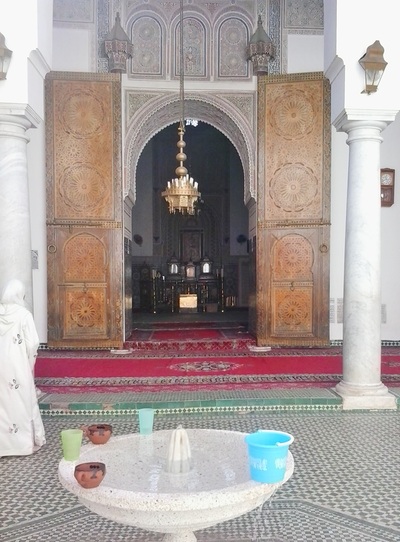

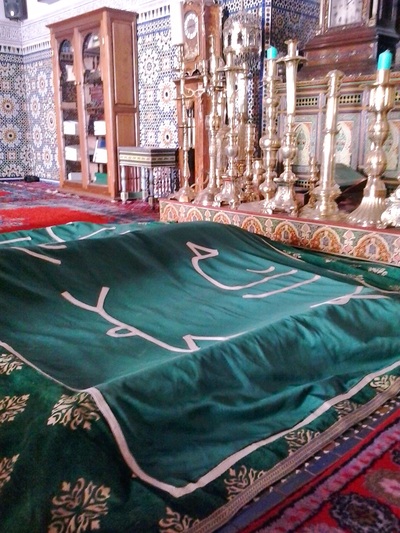




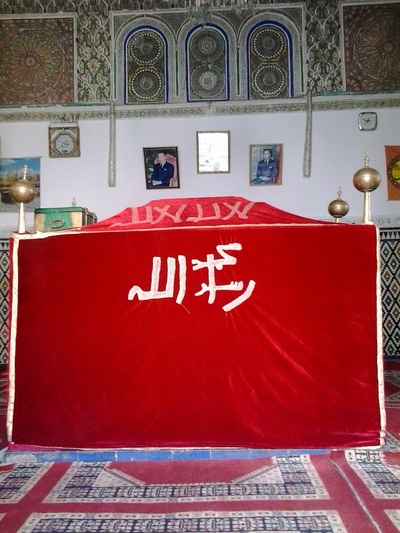






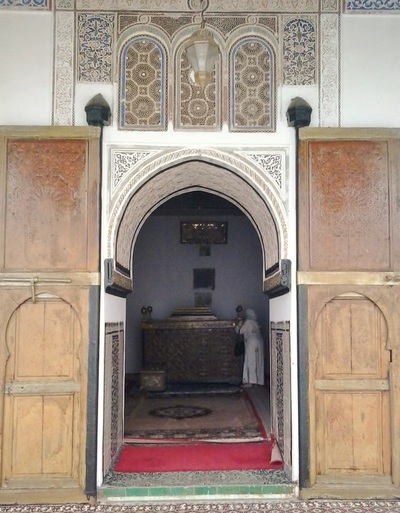




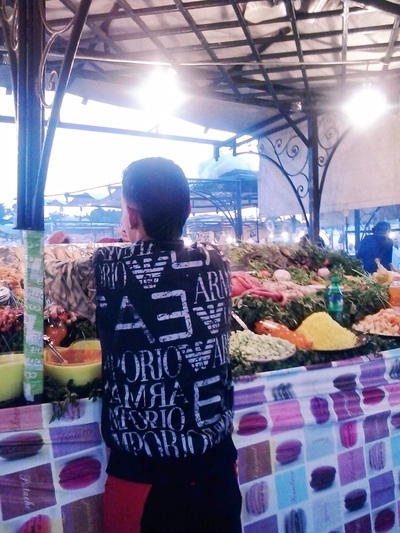




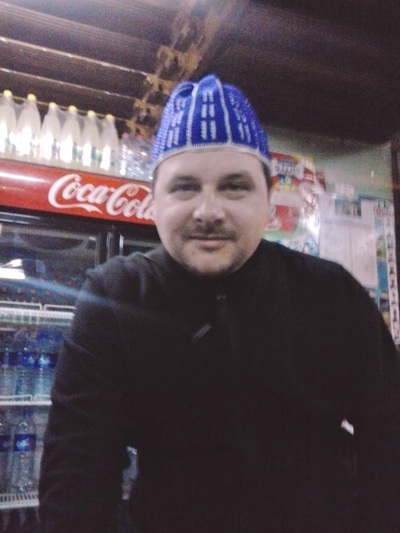

 RSS Feed
RSS Feed
